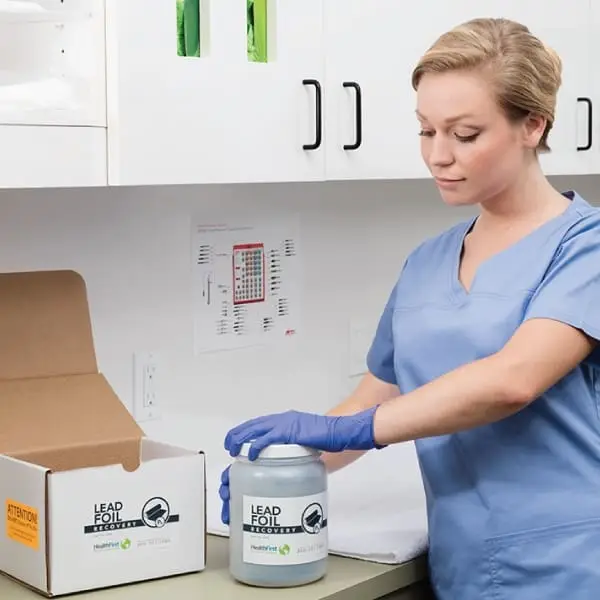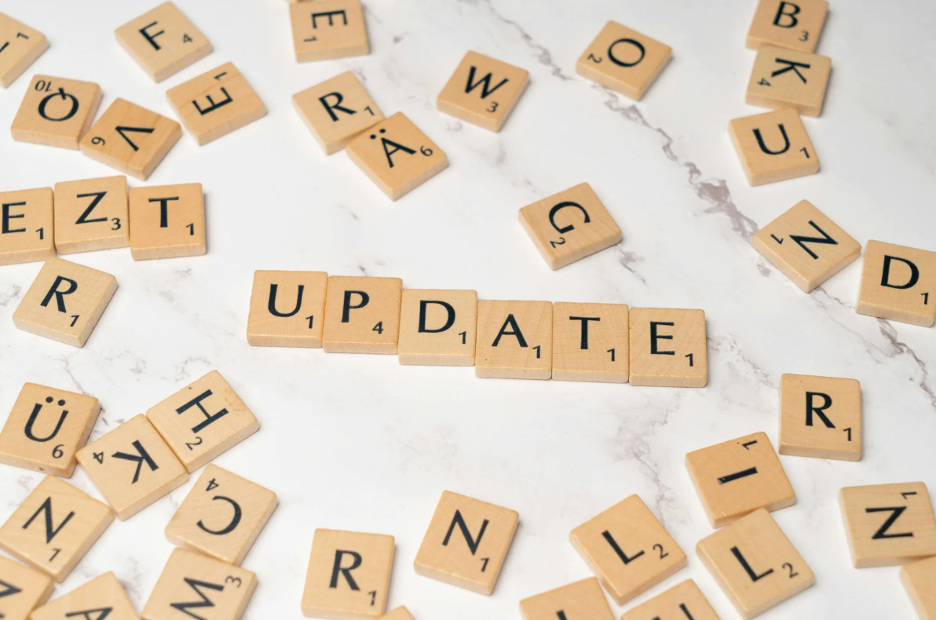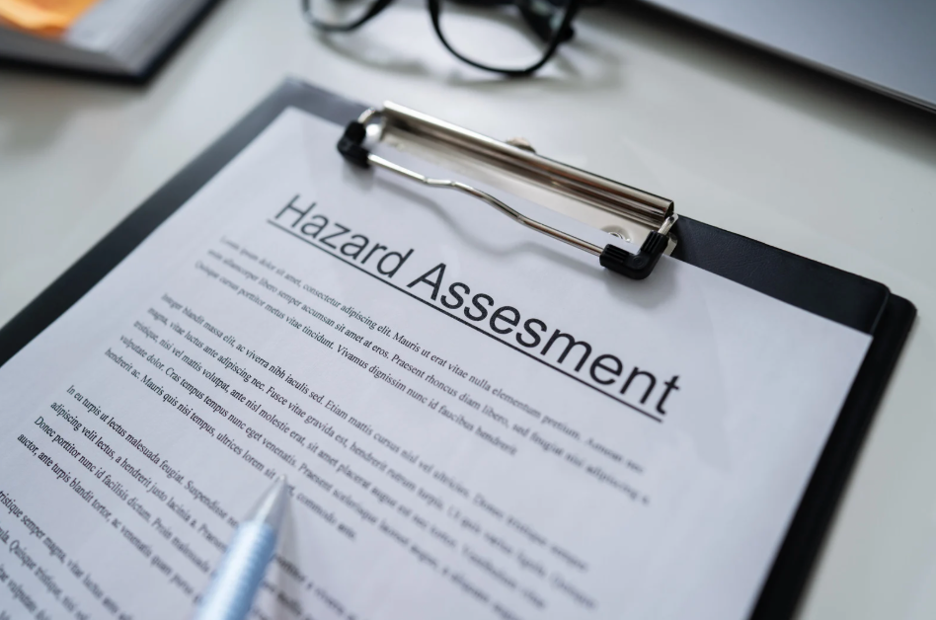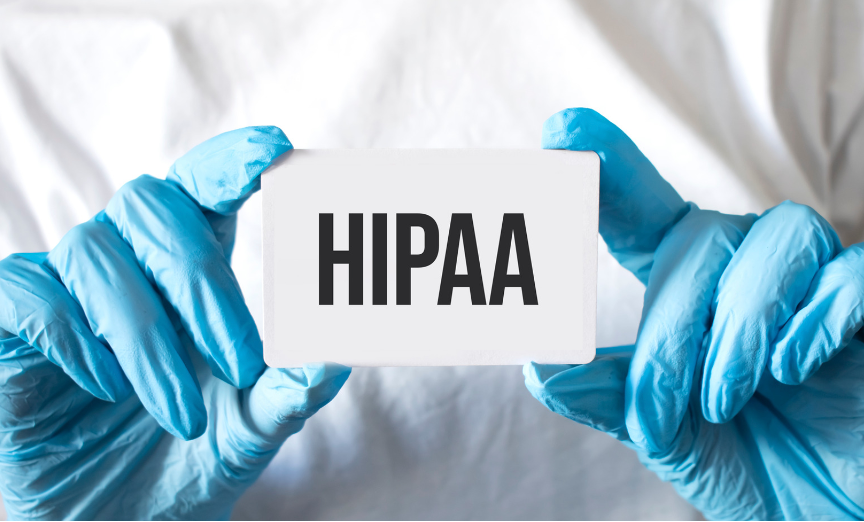We receive a lot of questions about lead apron disposal, specifically “How do I dispose of my “lead apron” or “dental lead foil”?
According to the Environmental Protection Agency, (EPA), lead is a highly toxic metal that can cause severe health effects if ingested, especially in children younger than 6 years old. The effects can range from learning disabilities to seizures and death. Ingestion can occur in several ways, such as drinking contaminated water, or breathing or swallowing lead dust. Lead is considered a hazardous waste and must be disposed of properly.
Two common products containing lead are X-ray aprons and lead foil used with dental X-ray film. Lead aprons are used to protect employees and patients from the harmful effects of radiation during medical procedures. They are used in a variety of settings, including hospitals, clinics, dental and medical offices and veterinary hospitals. Lead foil is contained within dental x-ray film packets, and prevents loss of image detail caused by “backscatter” radiation, principally from tissues behind the film.
Products containing lead cannot be disposed of as municipal solid waste, and must be disposed of as hazardous waste or recycled. According to the EPA, the lead contained in X-ray lead aprons and foil may be exempt from hazardous waste regulations if they are recycled.
Lead apron disposal can be done the following ways:
- Recycle the apron by selling it to a local scrap metal recycler (check phone listings for “recyclers” or “reclaimers”).
- Contact the original manufacturer for disposal.
- Contact an X-ray accessories dealer or sales company. You may be credited for the value of the apron when purchasing a new one.
- Bring the apron to a local landfill for disposal—- the landfill will be required to test the apron for toxicity/leachability, and they may not agree to dispose of it.
- Dispose of the apron through a hazardous waste company, according to local, state and federal regulations. A copy of the manifest must be retained by the facility.
Lead foil may be disposed of by:
- recycling the foil through a vendor who provides this service, such as Eastman Kodak. (Contact your dental film supplier for additional sources.)
- recycling the foil by selling it to a local scrap metal recycler (check phone listings for “recyclers” or “reclaimers”).
- disposing of the foil through a hazardous waste company, according to local, state and federal regulations. A copy of the manifest must be retained by the facility.
The generator of the waste should document the method of disposal with a bill of lading or other document (or manifest), and this document should be retained by the manager of the facility.
Recycling companies and hazardous waste companies must be licensed in many states. You may be able to locate a list of companies in your state by contacting your state Department of Environmental Protection. TCS also recommends that you contact your state DEP for guidance on disposal regulations in your state.
We have provided some additional information about proper disposal methods for lead and other materials, and lists of hazardous waste transporters for some states, on the Documents-On-Line portion of our website: www.tcs-inc.us/docs_online/loginframe.lasso.
For more expert advice on lead apron disposal contact the healthcare compliance professionals at Medsafe. www.medsafe.com/contact




